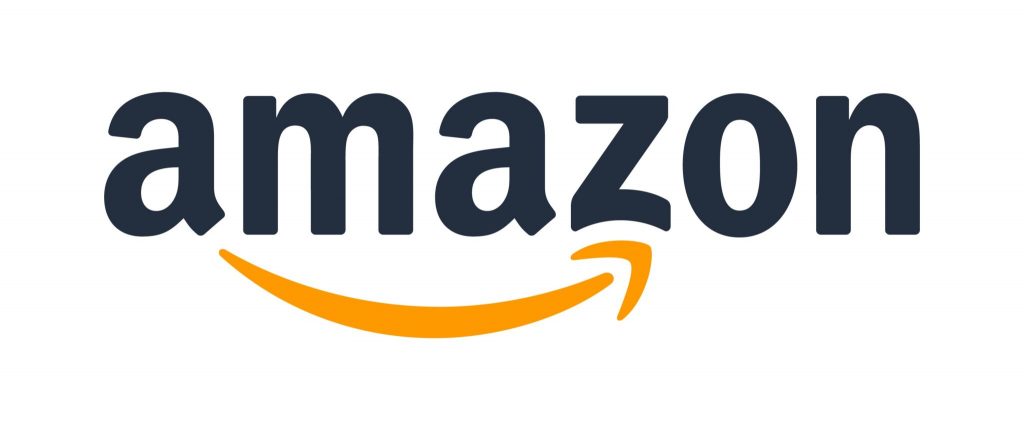Amazon’s Revenue Takes Record Hit
Amazon's immense revenue loss is leaving some investors stunned.
This article is more than 2 years old

During the first quarter of 2022, Amazon made a lot of money by most standards. But investors were still disappointed after the company reported slowing growth and offered a disappointing revenue outlook for the near future. According to CNN Business, the tech giant’s revenue grew 7% from the same period last year to $116.4 billion. While this exceeded analyst forecasts, it was still less than the 9% growth in the final months of last year.
Additionally, Amazon predicts that revenue growth would slow further in the next quarter, anticipating a growth rate of between 3% and 7%. Although the tech giant is still doing well, folks who became used to the company’s fantastic upward trajectory during the pandemic, haven’t adapted to the slightly slower pace yet. As such, the Seattle-based company’s stock value dropped during after-hours trading, falling by about 10% before stabilizing a bit higher.
To make things worse, Amazon recorded a $7.6 billion loss on its Rivian investment after shares in the electric vehicle company lost more than half their value in the quarter. That resulted in a total net loss of $3.8 billion, CNBC reports. Moreover, the meager 7% growth during the first quarter marks the slowest rate for any quarter since the dot-com bust in 2001. It is also the second straight period of single-digit growth.
Discounting the loss from Rivian, the multinational technology company would have made a profit of $3.8 billion. But this still would have fallen short of analyst expectations, according to Refinitiv. Speaking about the loss, Amazon CEO Andy Jassy said the pandemic and subsequent war in Ukraine have brought unusual growth and challenges. Jassy also referenced Amazon’s epic growth in its business during the global pandemic and the doubling of the company’s fulfillment network in the last two years.
“As we’re no longer chasing physical or staffing capacity, our teams are squarely focused on improving productivity and cost efficiencies throughout our fulfillment network,” Jassy added via CNN Business. However, he warned that it may take some time, as Amazon works through ongoing inflationary and supply chain pressures. “But we see encouraging progress on a number of customer experience dimensions,” he added.
The company has been navigating several economic challenges recently. This includes rising inflation, higher fuel and labor costs, global supply chain issues, and the ongoing pandemic. To offset some of those costs, Amazon introduced a 5% surcharge for some of its U.S. sellers earlier this month. And last quarter, the firm increased the price of its Prime membership in the country for the first time in four years from $119 to $139, CNBC reports.
Looking toward future positives, Amazon also announced that its annual Prime Day sales bonanza will take place in more than 20 countries this July. Interestingly, Amazon held Prime Day in June last year. Moving the popular two-day discount event to the third quarter could potentially do some damage to the company’s year-over-year comparisons for revenue in the second quarter. However, the change will probably boost the third-quarter results.








